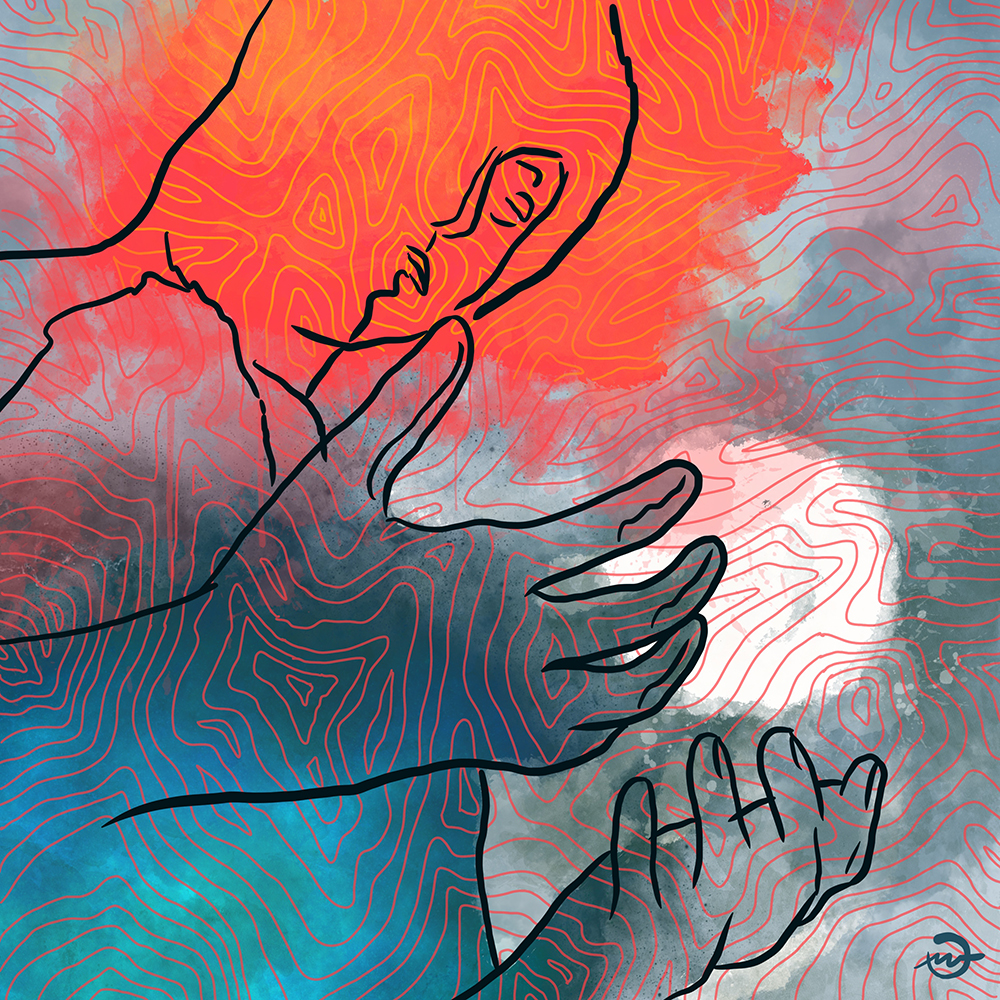
A lot of people – family, friends, patients, other physicians – have asked me how acupuncture works. This will be my first of a few posts on how I usually explain my understanding of acupuncture in response to this question.
But first, a brief history.
Acupuncture has been practiced for thousands of years!
There are ancient texts dating as far back as the second century BCE that have described acupuncture in some manner.
One of the more comprehensive, early texts, the Nan Jing (Classic of Difficult Issues) was written around the second century AD. Although this text existed as one of the foundations of Chinese Medicine, transmission of knowledge likely occurred along familial lines so that there subsequently existed a multitude of different acupuncture techniques. Interestingly, the term “Traditional Chinese Medicine” refers to a reinvigoration of acupuncture in China in the 1960s that was practiced by a group called the “barefoot doctors.”
Fast forward to the 1970s. Mr. James Reston, a reporter for The New York Times, accompanied President Richard Nixon on a diplomatic tour to China in 1971. While in China, Mr. Reston experienced a severe attack of abdominal pain and required an emergency appendectomy.
Mr. Reston described this experience in an article that he wrote upon his return to the United States. Shortly after this article was published, American physicians began trips to China to learn more about surgical anesthesia using acupuncture needles.

So what have we learned about the mechanism by which acupuncture works in the human body?
My personal belief is that we don’t have all the answers yet. Some describe the mechanism in more esoteric terms while others use exquisite scientific theory. However, the overarching theory that I find myself coming back to is that:
“acupuncture is a method of encouraging the body to promote its own natural healing.”
Traditional Chinese Medicine teaches that there are channels of energy (Qi) that run in patterns throughout the body and over its surface. These energy channels, called meridians, are like rivers flowing through the body to nourish the tissues. You may have heard of the Liver meridian, or the Kidney meridian; the meridians are mostly named for organs and or vessels of the body and they contribute to the more than 360 acupuncture points that run along the human body.
Sometimes, these channels can become blocked, and the energy flow is restricted.
Treatment with acupuncture needles facilitates an unblocking of the energy flow to restore health and homeostasis to the body. Acupuncture is a tool for maintaining a healthy balance of energy within the body and for keeping the mind and body centered!
Interested in more of the science of acupuncture? Stay tuned for my next post.
